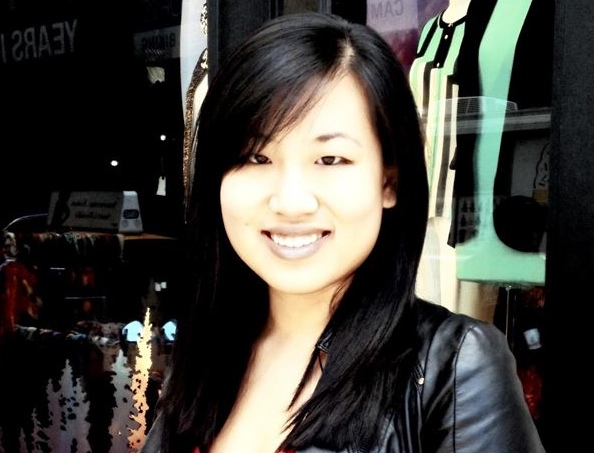Hope Grows in Fight Against Lethal Pediatric Brain Tumor
Researchers have coaxed cells from a rare pediatric brain tumor to grow in lab dishes for the first time, and have created mice that model the deadly disease. The discovery is expected to jump-start treatment research, according to a new study.
The finding was made possible by tissue donations from children who had died from diffuse intrinsic pontine glioma (DIPG), the researchers said.
Research into DIPG had largely stalled because researchers can't remove any part of these tumors without harming patients.
These tumors grow intertwined with the pons region of the brain stem, which controls basic functions such as breathing, eye movement and heart rate, said study researcher Dr. Michelle Monje, an instructor in neurology at Stanford University in California.
The research holds special significance for Monje. The cells in her first successful culture of DIPG came from a donation of one of her patients, a boy named Dylan Jewett, who died from DIPG in 2009 at age 5.
"It's very personal, and difficult to work with cells without thinking about him," Monje told MyHealthNewsDaily.
The living tumor cells and the animal model of the disease will allow researchers to test drugs and study the molecular signals that are active in the tumor cells, she said.
Sign up for the Live Science daily newsletter now
Get the world’s most fascinating discoveries delivered straight to your inbox.
The study was published online today (Feb. 28) in the journal Proceedings of the National Academy of Sciences.
Depending on donations
Brain donations shortly after death are important for research because that's when tumor cells are still alive and able to be cultured, Monje said.
"We needed this tumor sample to begin to really study this disease, and that has not been available, really, until these donations began," she said.
Monje and her colleagues isolated DIPG cells from the tissue donations of two patients, and grew them in a dish. They then placed the cells into the brains of healthy mice, which caused tumors to grow in the mouse brains.
By studying the mice, the researchers will better understand the role of a series of chemical signals called the Hedgehog pathway that plays a role in the growth of DPIG and other brain cancers, Monje said. Researchers think the pathway would make a good drug target, she said.
"When we inhibit the [Hedgehog] pathway with drugs that already exist, we'd be able to decrease the rate of tumor cell growth," she said.
'It's just a monster'
DIPG research has not advanced in at least 35 years, Monje said.
Tissue samples for other diseases such as breast cancer and leukemia are more common and more easily attainable than DIPG samples, making research easier for those diseases, she said.
DIPG usually develops in kids between the ages of 5 and 9, and most do not live longer than nine months after diagnosis, Monje said. Patients who do survive past the first diagnosis usually relapse within five years, she said. The cancer strikes 200 to 400 kids every year in the United States.
There are no treatments for the cancer right now aside from radiation therapy, which offers temporary remission, Monje said.
"It's a horrible tumor," Monje said. "It's just a monster, and it's not something we have any effective treatments for."
Monje said she is thankful to Dylan's parents for donating his tumor for research purposes. And with more donations, researchers will be able to come closer to discovering an effective treatment for the cancer, she said.
Pass it on: Researchers have developed the first animal model for diffuse intrinsic pontine glioma, a rare pediatric brain cancer. The model would not be possible without donations of live tumor cells from humans.
- Your Allergies Just Might Shield You From Brain Cancer
- The 10 Deadliest Cancers and Why Thereâ??s No Cure
- Top 10 Leading Causes of Death
Follow MyHealthNewsDaily staff writer Amanda Chan on Twitter @AmandaLChan.










